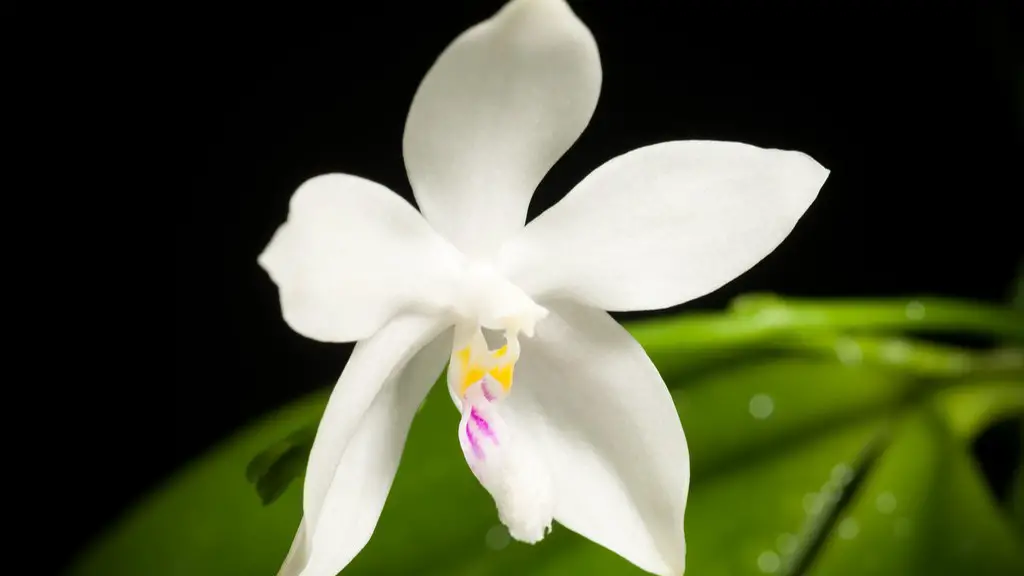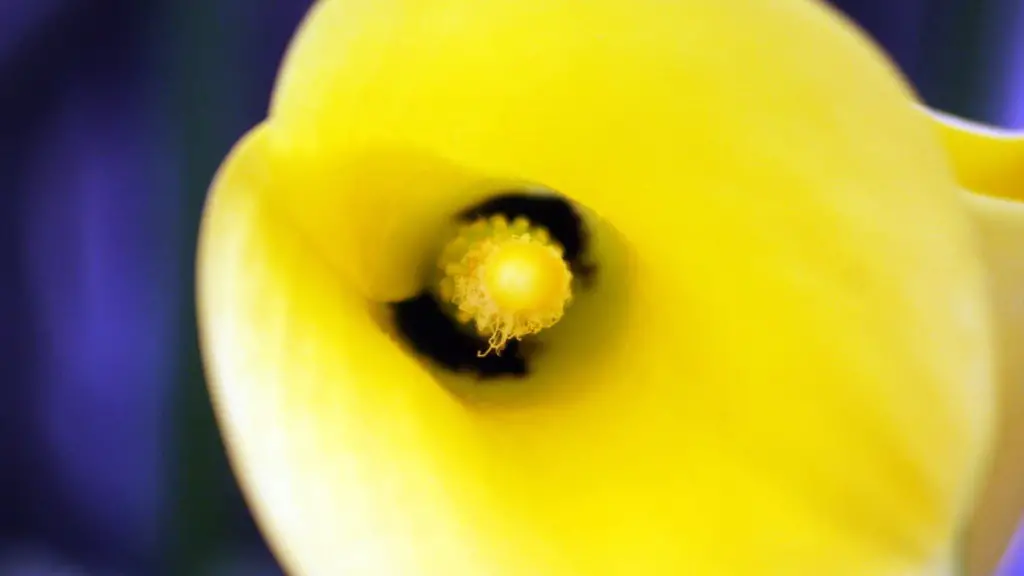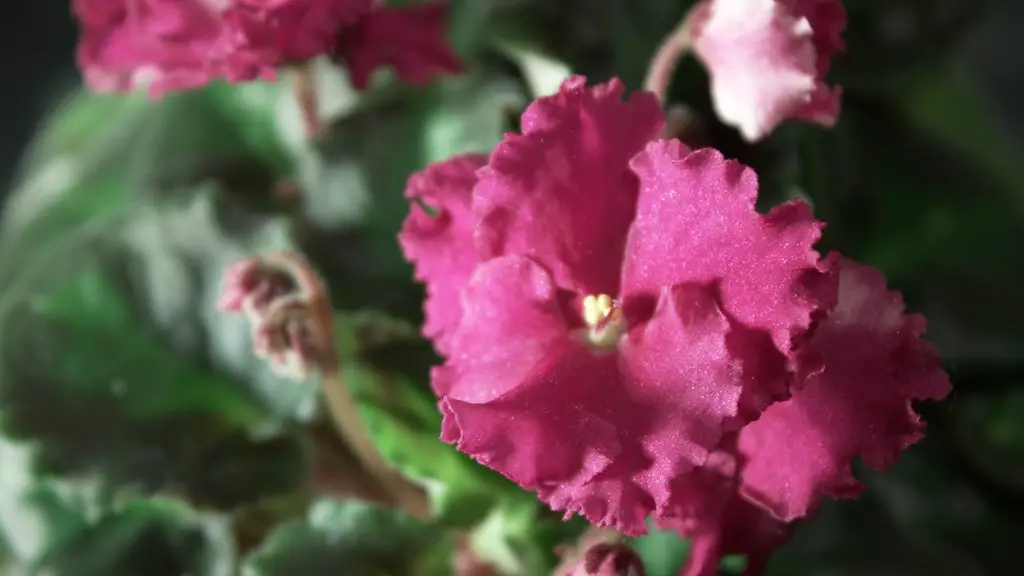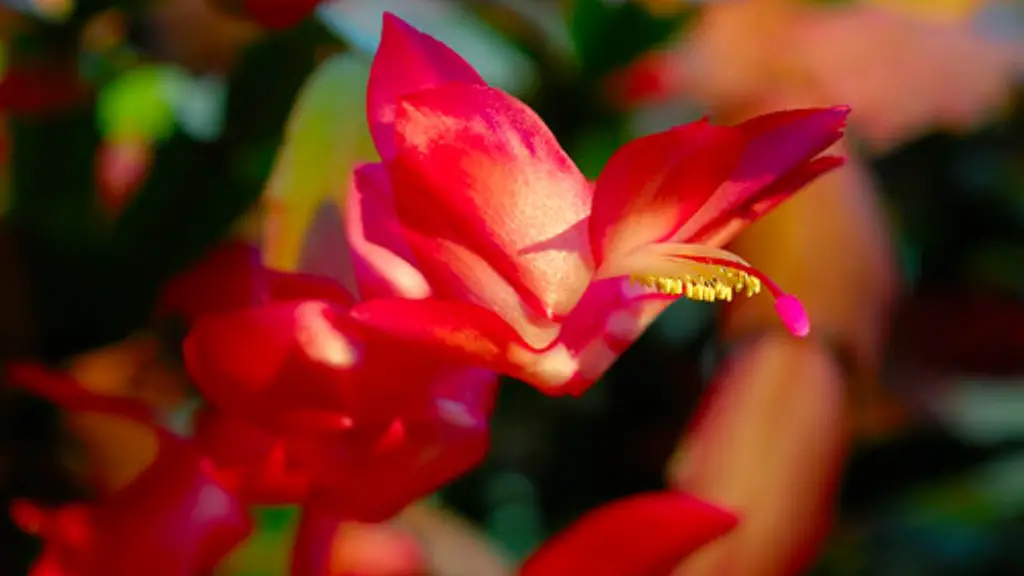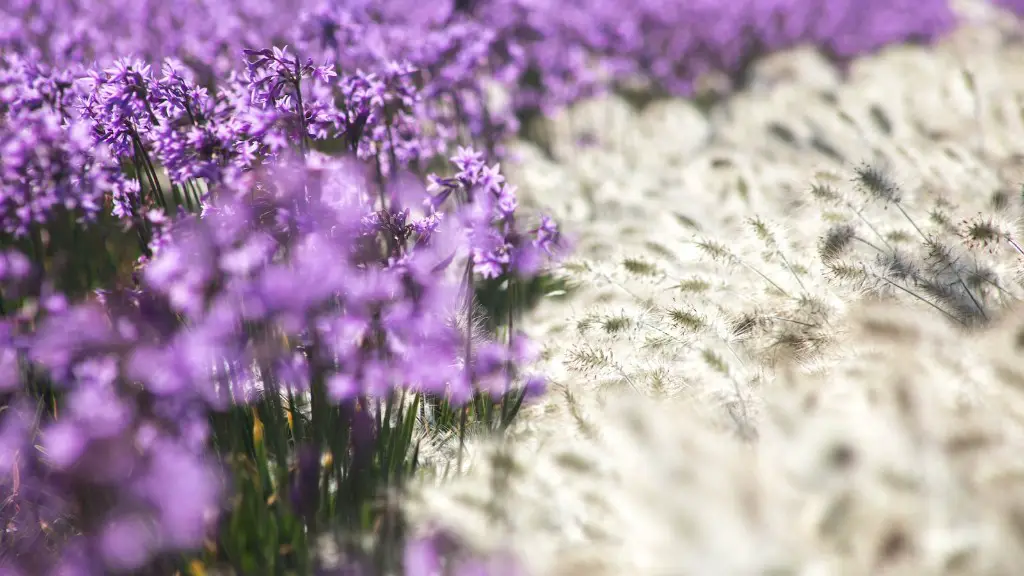Phalaenopsis orchids are one of the most popular and easy to care for orchid varieties, making them a great choice for beginner orchid growers. When potting or repotting your Phalaenopsis, be sure to use a well-draining potting mix and a pot that has drainage holes. If you’re not sure when or how often to repot your orchid, a good rule of thumb is to repot every 12-18 months, or when you see that the roots are crowded and spilling out of the pot.
If your orchid is pot-bound, meaning the roots have filled the pot and are starting to come out of the drainage holes, then it’s time for a new pot. Ideally, you want to repot your orchid in the spring, just as it is starting to grow.
1. Use a pot that is only one size larger than the current pot. Clay pots are preferable to plastic pots.
2. Line the bottom of the new pot with coarse gravel or pieces of broken pot to improve drainage.
3. Add a potting mix designed specifically for orchids, or a mix of peat moss, bark, and perlite.
4. Gently remove the orchid from its current pot, being careful not to damage the roots.
5. Place the orchid in the new pot and fill in around the roots with potting mix.
6. Water thoroughly.
When should I repot my Phalaenopsis orchid?
It is a good idea to repot your plants every two years after flowering and when new growth appears. This will help them stay healthy and continue to grow. Usually, a plant will lose one or two leaves at the bottom every year and gain one or two leaves at the top. You can repot them in the spring or fall.
The potting mix for Phalaenopsis orchids should be 80% fir bark and 20% coarse sphagnum peat, according to Texas A&M University botanists. This mix provides the best drainage and aeration for the roots, and also helps to keep the potting mix slightly acidic, which is ideal for these plants.
How do you repot an orchid for beginners
If your orchid is new, you’ll want to wait until it’s been in its pot for a few months before repotting. If it’s been a while since the last repotting, you’ll want to check to see if the roots are crowded. If they are, it’s time for a new pot.
To repot your orchid, remove it from its current pot and soak the roots in water for a few minutes. This will help loosen and untangle the roots. Gently settle the plant into its new pot and water thoroughly.
If you notice that your orchid has tightly tangled roots, it’s a sign that it needs to be repotted. Be sure to give your plant breathing room by placing it in a larger pot every year or two with fresh potting soil.
Do orchids need bigger pots as they grow?
It is important to use larger pots for growing larger plants that have more leaves and roots. Pots of the same size can be used for about two years, and then, they have to be replaced with pots that are 1 inch larger in diameter when the orchids are repotted, which should be done once every one to three years. This will ensure that the orchids have enough space to grow and thrive.
After you have re-potted your orchid, it should be watered thoroughly. For the first couple of weeks after repotting, fertilize when watering with Better-Gro® Better-Bloom® Orchid Fertilizer, which is high in phosphorus and will stimulate root growth.
Do you soak orchid mix before repotting?
You will want to do this process in the morning so your orchid can have the entire day to absorb water and “harden off” a bit. Hardening off is when the new potting material around the roots starts to callous over and protect the roots from drying out.
Coffee grounds are an excellent fertilizer for orchids and African violets because they are rich in nitrogen and other nutrients. Just be sure to moisten the potting mix before applying the coffee grounds, as dry coffee grounds can burn the roots.
Can you use Miracle Gro potting mix for orchids
I’m delighted with the Coarse Blend Miracle-Gro Orchid Potting Mix. This spring, I needed a high-quality substrate component for repotting my orchids, and this mix has surpassed my expectations. The first thing that I noticed when opening the bag was that it was packed with the product. The second thing I noticed was the great texture of the mix – it’s perfect for orchids. I highly recommend this potting mix to anyone who is looking for a high-quality, affordable option.
To pot an orchid, you’ll need to use a special type of potting mix that is light and airy. This will give the roots the room they need to breath and prevent them from becoming waterlogged. You can find this type of potting mix at most garden centers or online.
Should orchid roots be exposed?
If you’re growing your orchid in a perlite/peat mix, don’t worry about aerial roots – they’re less likely to form in this type of medium. And even if they do, there’s no need to cover them up. Exposing the roots to the air helps them to stay healthy and prevents them from rotting.
Orchids need a special type of potting mix that is different from regular indoor potting soil. This mix is often made from sphagnum moss, fir bark, coconut husk, and tree fern fibers. Place your orchid in a pot that is 1-2″ larger in diameter than its original pot and add in new orchid potting mix.
Should a store bought orchid be repotted
This is a good rule of thumb to follow because it will help your orchid to stay healthy and thrive. Repotting as soon as possible after purchasing will help to ensure that the roots are not suffocated by the breaking down of the media.
If you have recently repotted your orchid and you’ve since encountered root rot, it’s very likely the potting mix you used to repot your plant with was not well-draining enough. Over time potting mixes can decompose and absorb fertilizer salts, resulting in an unhealthy potting mix.
What kind of container is best for orchids?
Pots for growing orchids must have drainage holes or slits in the container to ensure your plant doesn’t get soggy, wet feet,” says Turner.
Orchids typically grow in tree branches or on rocks in humid environments. Therefore, woven plastic or fiber pots that loosely hold orchid roots and potting media are best because they allow air and water to easily pass through. Mesh pots are especially good in humid environments to ensure plants do not dry out too quickly.
Do orchids like deep or shallow pots
Orchids prefer shallower, squat pots because their roots do not like all the moisture retained in deep pots. They also do not need the depth, as their roots spread out, not down.
These roots will most probably die Out they can also rot So this is again not a good thing because it can lead to the death of the plant.
Conclusion
The best time to repot a phalaenopsis orchid is every two to three years, or when the roots start to crowd the pot. To repot, gently remove the plant from its existing pot and shake off any excess old potting mix. Cut away any dead or damaged roots with a sharp knife. Place the plant in its new pot and fill it with fresh potting mix, making sure to leave enough space for the roots to spread out. Water the plant well and place it in a bright, filtered light.
The best time to repot your orchid is every two to three years, or when the roots start to become pot-bound. To repot your orchid, choose a pot that is only slightly larger than the current pot, and fill it with a well-draining potting mix. Gently remove the orchid from its current pot, and loosen the roots. Place the orchid in the new pot, and fill in around the roots with potting mix. Water well, and place the orchid in a bright, indirect light.
